Juniper
- Scientific Name: Juniperus, communis
- Plant Family: Pinaceae
- Parts Used: Berries, leaves and twigs, bark
- Constituents: Rich in essential oil which contains monoterpenes and sesquiterpenes, invert sugar, flavone glyosides, resin, tannin, organic acids
- Actions: Diuretic, Stimulant, Carminative, Emmenagogue, Antimicrobial, Anti-rheumatic, Abortifacient
- How does it work? Juniper berries contain chemicals that might decrease swelling. It might also be effective in fighting bacteria and viruses. Juniper might also increase the need to urinate.
Varieties:
There are over sixty Juniper species, but the one which yields edible fruits in Britain is Juniperus comunis. In the Americas, Eastern Red Cedar, Juniperus virginiana, can be used in much the same way. A detailed account of the herbal properties of Eastern Red Cedar can be found here.
Among the varied forms, there are dense, columnar trees; medium sized, rounded shrubs; irregular bush forms; and creeping prostrate types. Irish and Swedish junipers are tall, narrow, and quick growing; the Greek and Chinese are very compact, slow growing. Pfitzers are irregular, massive types. California Juniper may reach heights of 40 feet, and shore Juniper and japonica are spreading ground covers.
Notes and Cautions:
One useful guide to the identification of Juniper is the apple-like fragrance that the needle-shaped leaves give off when crushed.
Women who are pregnant, wish to become pregnant, or who are nursing a child should not eat Juniper fruits. Due to their action on the kidneys, Juniper berries should be avoided by persons with kidney disease.
Don’t confuse Juniper berry oil with cade oil, which is distilled from Juniper wood (Juniperus oxycedrus).
The Basics:
A strong aromatic scent emanates from all parts of the shrub. Berries taste slightly bitter-sweet, fragrant, and spicy and are generally used to make a tea that is good for flatulence and indigestion, to promote the flow of urine.
Juniper branches can be used as a fumigant and were commonly burned in public places in times of plague and pestilence. This was still the practice in French hospitals a century ago during the smallpox epidemic of 1870.
Juniper berries make an excellent antiseptic in conditions such as cystitis. The essential oil present is quite stimulating to the kidney nephrons and so this herb should be avoided in kidney disease. The bitter action aids digestion and eases flatulent colic. It is used in rheumatism and arthritis. Externally it eases pain in the joints or muscles.
Some people take Juniper by mouth for problems with digestion, urinary tract infections (UTIs), and kidney and bladder stones along with many other conditions. Some people apply Juniper directly to the skin for wounds and pain in joints and muscles.
In foods, Juniper berry is often used as a condiment. The extract, oil, and berry are used as flavoring ingredients in foods and beverages. In manufacturing, Juniper extract and oil are used as fragrances in soaps and cosmetics.
Habitat and Cultivation:
Evergreen, prickly, usually a sprawling shrub but sometimes a 6m conical tree, Juniper is commonly found on chalk downs and clay hills.
Junipers are hardy even in the coldest areas. They prefer dry, sandy, or gravelly soil with full exposure to the wind and sun. They will tolerate average garden conditions but resent shade and wet ground.
Propagation by seed is extremely slow. They will not germinate until the second or third year. Most varieties can be started fro cuttings. Tips four to six inches long are cut in August, the needles are stripped an inch or so from the butt and placed in a cold-frame bed of sand four or five inches deep. Water thoroughly, cover with glass, and keep shaded. They will be rooted by the following summer. Most varieties can be found in nurseries in pots or balled.
Collection:
Small cones grow in early summer at the base of the leaves, the male and female on different plants. The male cones are yellow, the female bluish-green. The female cones become fleshy berries, taking up to 3 years to ripen and gradually turning from green to blue-black.
- Leaves:
Leaves, needle-like, are mostly gray-green or blue-green, and can be collected any time of year.
- Berries:
The pea-shaped berries are green before ripening into blue-black in their third autumn. Immature and mature berries are invariably found existing side by side. They are harvested in the fall. Pick the berries when thoroughly ripe; dry in the sun or in an airy place.
The berries should be stored in tightly lidded jars in a dark cupboard. They will retain their flavor for about a year.
Because of its strong flavor, Juniper berries should be used sparingly. Lightly crushing the berries in a mortar and pestle or with a rolling pin on a wooden board will intensify their flavor. Double the amount of berries called for if they are slightly stale (they have no aroma).
Medicinal Uses:
Juniper is considered one of the most useful medicinal plants. Stimulating for appetite and digestion, helpful in coughs and to eliminate mucus, it has a diuretic effect, stimulation the functions of kidney and bladder. A strong tea of the berries is considered an excellent wash for the bites of poisonous insects, snake bites, dog bites, and bee stings.
The chief use of Juniper is as an adjutant to diuretics in dropsy, depending on heart, liver or kidney disease. In Europe, chest complaints and leucorrhoea, scrofula, etc, are treated with Juniper berries.
The earliest recorded medicinal use of Juniper berries occurs in an Egyptian papyrus dating back to 1500 BC, in a recipe to cure tapeworm infestations. The Romans too used the berries for purification and stomach ailments, while the famous mediaeval herbalist Culpepper recommended them for a wide variety of conditions including the treatment of flatulence, for which Juniper oil is still used today.
For chronic rheumatism, an infusion made as follows is recommended. Pour a cup of boiling water onto a teaspoonful of lightly crushed berries and leave to infuse for 20 minutes. This is to be taken morning and evening and continued for 4 to 6 weeks in the spring and fall.
Because of Juniper’s antiseptic properties, a tea can also be used as a wash to disinfect the skin. For sore muscles, massage a small amount (about one ounce) of vegetable oil to which you have added 3 drops of Juniper essential oil. If you have sensitive skin, you may try to make your own infused oil:
Infused Juniper Oil: Gather small Juniper branches with berries on them. Rinse off dust and towel dry. Pack a glass jar with the Juniper. Pour warm olive oil over it until it is one inch above the top over the leaves. Let it macerate for about 10 days on your kitchen counter. Strain and store in a dark and cool place. Use as a bath oil or/and massage oil for sore muscles and joints.
Juniper Essential Oil is given as a diuretic, stomachic, and carminative in indigestion, flatulence, and diseases of the kidney and bladder. The oil mixed with lard is also used in veterinary practice as an application to exposed wounds and prevents irritation from flies. The oil is a local stimulant.
Spirit of Juniper has properties resembling Oil of Turpentine: it is employed as a stimulating diuretic in cardiac and hepatic dropsy.
The fruit is readily eaten by most animals, especially sheep, and is said to prevent and cure dropsy in the latter.
The chief use of Juniper is as an adjutant to diuretics in dropsy depending on heart, liver or kidney disease. It imparts a violet odor to the urine, and large doses may cause irritation to the passages. An infusion of 1 oz. to 1 pint of boiling water may be taken in the course of twenty-four hours.
In France the berries have been used in chest complaints and in leucorrhoea, blenorrhoea, scrofula, etc. They are not given in substance.
Chemicals in the berries also stimulate contraction of the uterine muscles and could be administered during labor. However the same properties were also used to abort an unwanted pregnancy, and the phrase used in Lothian in the Middle Ages of giving birth “under the savin (an older name for Juniper) tree” was a euphemism for Juniper-induced miscarriage.
Recent studies suggest that Juniper berries may be useful in treating insulin-dependant diabetes. Matthew King, aka, Noble Red Man of the Lakota nation, tells his story about his bout with diabetes.
“Once, while I was up on the mountain, I prayed to God to give us a cure for diabetes. And while I was there, somebody said, “Turn around!” So I turned around and there was the most beautiful Indian woman I’d ever seen. She was holding something out to me in her hand. It was those little berries of the *cedar (Juniper) tree.
Later on, when I got diabetes, I forgot about the berries. They sent me to White Man’s doctors. They gave me pills. Every morning I had to take insulin. I spent a lot of time in the hospital.
Then I remembered White Buffalo Calf Woman and those little blue *cedar (Juniper) berries. I picked some, boiled them, strained the juice, and drank it. It’s so bitter it took the sugar right out of my body. The doctors checked me and were amazed. They said the diabetes was gone. I did not have to take insulin anymore”.
~Wisdomkeepers” by Steve Wall and Harvey Arden
Preparation and Dosage:
- Infusion:
A useful infusion of the berries may be prepared by soaking several tablespoons (1 oz) of berries water, then adding them to a pint of boiling water, leaving them to infuse for a half our or more. It is recommended that the infusion be taken in four doses during the course of the day.
- Juniper Syrup:
4 ounces Juniper berries
twist of lemon peel
4 1/2 cups water
2 tablespoons honey
Simmer the berries and peel in the water until soft. Strain and press some of the pulp through as well. Stir in the honey, bring to a boil again and simmer until slightly thickened. Bottle and store in the refrigerator. Take a tablespoonful after meals to settle the stomach.
As An Abortifacient:
- Disclaimer: This is not given as a guide, a recommendation, or a “how to” but simply as information and for it’s historical value:
There a many records of Juniper being used to produce abortion, and Geoffrey Grigson records bastard-killer as a Somerset name for the tree, Similarly in a ballad about four ladies-in-waiting in the court of Mary Queen of Scots (1542-87), one of whom became pregnant and resorted Juniper – savin – as an abortifacient:
She’s gane to the garden gay,
To pu’ of the savin tree;
But for a’ that she could say or do,
The babie it would not die.
In the Pitt Rivers Museum, Oxford, is an item, from 1914 along with this description.
When a woman noticed that she has missed a period she puts about the same quantity of saffron as this envelope contains into a pint jug; pours half a pint of boiling water on to it, covers jug’s mouth with muslin and puts a saucer on the top.
She leaves the saffron to soak and when cold, strains it through the muslin and drinks a wineglass-full for four consecutive mornings. She puts one sprig of saffron into each boot and wears it there for nine days. The idea of this being that as the feet get hot the saffron soaks through the stocking into the foot. The sprigs here contained have been so worn in the boots [of an Oxford woman].
Note: The word “saffron” refers to “savin” which is an old colloquial name for Juniper.
A Healing Ritual
There was a folk medicine custom in some parts of the South West of England of burning the wood and needles close to a sick person. This practice is closely allied to the above New Year customs and presumably recognizes that the vaporized oil released into the air had some beneficial purifying effect to dispel infection.
Like many plants, there was a definite ritual which had to be followed when pulling or collecting Juniper so that the power and essence of the plant was not lost. In the case of Juniper, it had to be pulled up by the roots, the branches made into four bundles and held between the five fingers while intoning the appropriate incantation. Unfortunately the version which has been passed down to us has been heavily Christianised:
“I will pull the bounteous yew,
Through the five bent ribs of Christ,
In the name of the Father, the Son and the Holy Ghost
Against drowning, danger and confusion.”
As a food source:
Unfortunately, Juniper berries are almost completely neglected in English cooking, although their savory spiciness suits both meat and vegetables. Add a level teaspoon of crushed fresh berries to pâtés, sauerkraut, green cabbage, marinades for meat, game casseroles, and game pie. Or rub over the surface of roast pork, pigeon or venison.
Its culinary uses are many and varied. The berries were ground and added to sauces and especially to game dishes in England and Scotland to add a bitter, spicy flavor, and were used to flavor bread and cakes in the north of England.
As the flavor is strong, add them with discretion; crush before use.
They are an excellent seasoning for game, marinades, poultry, and sauerkraut. They will take away the strong gamy taste to which some people object in venison, wild duck, or other undomesticated animals. Before roasting parboil the meat in a beef stock to which lemon, bay leaves, and about four to six Juniper berries have been added.
The leaves can also be used, fresh, or dried, especially with grilled fish, and the burning wood and leaves give a subtle fragrance to barbecued eat and fish.
The Juniper tree, aka. “Medicine Tree” provided Native American people with food and medicine, along with many other things. To this day, blue corn mush with Juniper ash, is a favorite dish among many Native American tribes.
Also, Juniper ash is being used instead of baking soda in many dishes. Juniper ash can be made into Juniper water for medicinal purposes. Arviso, while director of the Navajo tribe’s Navajo Food and Nutrition department, led a scientific study on the nutritional values of traditional Navajo foods. He discovered that the ash made from burning Juniper, cooked in blue corn meal mush, is an amazing source of calcium and many other minerals.
Blue Corn Mush With Juniper Ash
1 cup Juniper ash* prepared with 1 cup water
3 cups boiling water
4 cups blue cornmeal
Mix Juniper ash with 1 cup water. Strain ashes into 3 cups of boiling water. Add cornmeal and stir until thickened.
*Juniper ash is made by firstly gathering small pieces of Juniper bark. Place them into a cast iron skillet. Set them on fire and let them burn to an ash. Now you have Juniper ash.
Folk Names:
- Aiten
- Aittin
- Bastard Killer
- Enebro
- Gemeiner Wachholder
- Genévrier
- Ginepro
- Melmont
- Samh
- Savin
Magickal Uses
- Ruler: Sun
- Magickal form: Incense, fresh sprigs, berries, essential oil
- Basic Powers: Protection, Love
- Cautions: Do not drink the tea if you are pregnant, wish to become pregnant, or if you have kidney disease.
In the past, Juniper was regarded as a magick shrub to use against devils, evil spirits, and wild animals. It is mentioned in the Bible as a symbol of protection. Its aromatic scent made it a popular strewing herb, and shoots were burned to disinfect the air in a room.
Brew the berries into a tea and drink it to increase sexual stamina. Crush dried berries to release their scent and add to love potions to attract a man. String the matured berries for an attractive charm designed to attract lovers.
Juniper berries can be used in love spells, particularly to enhance male interest and potency. Steep in wine and drink a few sips daily to increase male virility. Steep in vinegar and add it to your bath to make yourself more attractive to men or apply it directly to the genitals (diluted with water) to increase male interest in them. Or add it to a bath you’re sharing. Juniper berries and their essential oils make for a nice “masculine” scent for men’s cosmetics (aftershave, beard oil, etc.). Use with due caution.
Hang a sprig of fresh Juniper in the home to drive away evil. A sprig of Juniper will protect the wearer from accidents. Sometimes used in anti-theft sachets, as it guards against thieves. Grow Juniper at your doorstep for protection. Gin (which is made from Juniper) can be sprinkled across a threshold to guard against theft.
Juniper is a thief catcher. If you bend a young Juniper branch down to the ground and hold it where you place it with two weights, one a big stone, the other the skull of a murderer, and say, “Juniper, I bend and squeeze you till the thief (name him) returns what he has taken to its place,” the culprit will feel an unaccountable impulse to return the property.’
Brush down the body with a bundle of sprigs to remove illness and place drops of oil in a bowl of water to promote healing in a sick room. Burn Juniper for purification and good health. One of the earliest incenses used by Witches was made from a combination of the leaves and the dried crushed berries.
Though burning Juniper wood gives off only minimal visible smoke, this smoke is highly aromatic, and in ancient times it was used for the ritual purification of temples. The smoke was said to aid clairvoyance, and continued to be burned for purification and to stimulate contact with the Otherworld at the autumn Samhain fire festival at the beginning of the Celtic year.
In central Europe Juniper smoke played a part in the spring-time cleansing and casting out of witchcraft. Juniper was also burned during outbreaks of the Plague, and in Scotland the disease could be dispelled by fumigating the house with Juniper smoke while its occupants were inside, after which the house was aired and the occupants revived with whisky!
Juniper was burned to goddesses and gods in ancient Sumer and Babylon, and was widely used in Egyptian incense formulas. It was sacred to Inanna and her later counterpart Ishtar. Many centuries later in Europe, branches of Juniper were smoldered and carried around fields and farms to release protective energies and guard livestock and crops.
It is a common ritual incense ingredient in Tibet and was much used by various Native American groups.
It is said that a Juniper shrub or tree is a particularly effective and magical hiding place. Perhaps Juniper can be added to hiding and invisibility charms as well.
Juniper essential oil is currently used in traditional aromatherapy to detoxify the body, as a parasite destroyer and antiseptic. This seems in keeping with the “magickal” use of purifying homes and fields mentioned above, for protective rituals are designed to ward off negativity as well as to purge such energies from a person or place.
Inhale Juniper essential oil while visualizing its energies guarding you from negativity and danger. Or, for an internal purification, smell Juniper and visualize.
You can also make Juniper a part of health-maintaining rituals. Regularly smell the scent while seeing yourself eating correctly, exercising, and thinking positively.
Notes:
Because it is a variety of Juniper, and the magickal uses are quite similar, Eastern Red Cedar can be used as a substitute, and vice versa. More about Red Cedar can be found here.
Juniper Mythology and Lore
Juniper was a symbol of the Canaanites’ fertility goddess Ashera or Astarte in Syria. In the Bible’s Old Testament, a Juniper with an angelic presence sheltered the prophet Elijah from Queen Jezebel’s pursuit. Similarly a later apocryphal biblical tale tells of how the infant Jesus and his parents were hidden from King Herod’s soldiers by a Juniper during their flight into Egypt.
Juniper plants are associated with protection in many different Native American tribes. The Interior Salish and Northwest Coast tribes used Juniper to banish evil spirits and protect themselves from witchcraft.
Among the southwestern Pueblos, junipers were believed to counteract ‘ghost sickness,’ a malady which afflicted bereaved relatives or people who handle the bodies of the dead.
Plains Indian tribes, such as the Dakota, Cheyenne, and Pawnee, often hung Juniper boughs on their tepees or burned them in the camp fire to keep their homes safe from storms.
And in many tribes people, especially hunters, would carry a spring of Juniper as a protective charm or rub Juniper branches on their bodies before embarking on a dangerous journey to protect themselves from grizzly bears, monsters, or general bad luck.
Juniper is one of the herbs frequently included in medicine bundles and amulets. Juniper berries were also eaten by people in some Southwestern and Southern California tribes, and Juniper leaves were frequently used as medicinal herbs.
Folk tradition records a divinatory significance to the appearance of Juniper in dreams, for:
- It is unlucky to dream of the tree itself, especially if the person is sick.
- To dream of gathering the berries, if it be in winter, denotes prosperity.
- To dream of the actual berries signifies that the dreamer will shortly arrive at great honors and become an important person.
- To the married it foretells the birth of a male child.
The largest body of folklore concerning Juniper comes from Iceland where it was traditionally believed that Juniper and rowan could not grow together because each creates so much heat that one or other of the trees would be burn up. For the same reason it was considered not a good idea to bring sprigs of both woods into the house together unless you particularly wanted your house to burn down.
Another Icelandic belief has it that if you are building a boat, you must either use both Juniper and rowan wood or use neither of them in the boat, otherwise it will sink.
In Wales it was said that anyone who cut down a Juniper tree would be dead within a year, while in Newfoundland it was believed that wolves and bears are repelled by Juniper wood and for this reason people who kept stock would ensure that Juniper wood was used in building enclosures or stockades in which livestock would be kept.
Also in Newfoundland it is believed that you will always find water under a Juniper tree, though this seems to contradict the natural history of Juniper which, as mentioned above, generally grows best on limestone or chalk soils which are usually well-drained.
The Story entitled Red Riding Hood in the book The Hero of Esthonia tells of a mother laying down Juniper branches and making the sign of the cross over them to protect her sleeping children from devils. In the story The Compassionate Shoemaker in the same book, the devil is defeated by being struck by a staff of Juniper.
In the Argonautica, Medea uses a freshly cut spray of Juniper to sprinkle her sleeping potion into the eyes of the serpent guarding the Golden Fleece.
- Meaning and history of the name Juniper:
From the Latin, juniperus which means “youth producing” or “evergreen.” During the Renaissance era, Junipers were used symbolically in art to represent chastity. Juniper has historically been used as both a boys and girls name, in fact Saint Juniper and Thornton Wilder’s character Brother Juniper are both male.
The Juniper Tree – A Story
“The Juniper Tree” is a German fairy tale collected by the Brothers Grimm. The text in the Grimm collection is in Low German and was originally written down by the painter Philipp Otto Runge. The complete story as originally written can be found over at Widdershins.
Here is a synopsis:
A wealthy and pious couple pray every day for God to grant them a child. One winter, under the Juniper tree in the courtyard, the wife peels an apple. She cuts her finger and drops of blood fall onto the snow. This leads her to wish for a child to be as white as snow and as red as blood. Six months later, the wife becomes gravely ill from eating Juniper berries and asks her husband to bury her beneath the Juniper tree if she dies.
A month later, she gives birth to a baby boy as white as snow and as red as blood. She dies of happiness. Keeping his promise, the husband buries her beneath the Juniper tree. He eventually marries again and he and his new wife have a daughter named Marlinchen (in some versions Marlene, Marjory or Ann Marie).
The new wife loves Marlinchen but despises her stepson. She abuses him every day, claiming that she wishes Marlinchen to inherit her father’s wealth instead of her stepson. One afternoon after school, the stepmother plans to lure her stepson into an empty room containing a chest of apples. Marlinchen sees the chest and asks for an apple, which the stepmother gracefully offers. However, when the boy enters the room and reaches down the chest for an apple, the stepmother slams the lid onto his neck, decapitating him.
The stepmother binds his head with the rest of his body with a bandage and props his body onto a chair outside, with an apple on his lap. Marlinchen, unaware of the situation, asks her stepbrother for an apple. Hearing no response, she is forced by her mother to box him in the ear, causing his head to roll onto the ground.
Marlinchen profusely cries throughout the day whilst the stepmother dismembers the stepson’s body and cooks him into a “blood-soup” for dinner. She later deceives her husband by telling him that his son stayed at the mother’s great uncle’s house. The husband unwittingly eats the “blood-soup” during dinner and proclaims it to be delicious. Marlinchen gathers the bones from the dinner and buries them beneath the Juniper tree with a handkerchief.
Suddenly, a mist emerges from the Juniper tree and a beautiful bird flies out. The bird visits the local townspeople and sings about its brutal murder at the hands of its stepmother. Captivated by its lullaby, a goldsmith, a shoemaker and a miller offer the bird a gold chain, a pair of red shoes and a millstone in return for the bird singing its song again. The bird returns home to give the gold chain to the husband while giving Marlinchen the red shoes.
Meanwhile, the stepmother complains about the “raging fires within her arteries”, revealed to be the real cause of her anger and hatred towards her stepson. She goes outside for relief but the bird drops the millstone onto her head, killing her instantly. Surrounded by smoke and flames, the son, revealed to be the bird, emerges and reunites with his family. They celebrate and head inside for lunch, and live happily ever after.
Other Uses:
Small or medium evergreen trees or shrubs of the pine family, many types of junipers are used in landscaping, making some of the best ornamentals. Junipers are hardy, attractive, and varied in form. This is a most important group of ornamentals used in landscaping – as a foundation planting, for accent, for mass, and for ground covers.
The berries produce a pale creamy-brown or khaki dyes when mordanted with alum or chrome. In hot countries the tree yields by incision a gum or varnish.
Juniper berries, which are mealy, aromatic and tart, are famously added to gin as flavoring. Indeed, “gin” is a corruption of the Dutch word genever, meaning Juniper.
The berries are also used to flavor other alcoholic beverages such as a Swedish health beer and a French beer-like drink called ‘genevrette’ made from equal amounts of Juniper berries and barley.
In mediaeval times the berries were also used to flavor whisky in Scotland, though the whisky may just have been used as a pleasant way to administer the medicinal benefits of Juniper.
Juniper’s use in alcoholic drinks and the use of its wood’s smoke are drawn together neatly in the tales of illicit Highland whisky stills hidden away in the glens, which used Juniper wood for fuel so that the near absence of smoke would not attract the suspicions of the local excise man.
Special Precautions and Warnings:
Juniper was known as “bastard killer” when herbal abortions were relied upon before medical abortions tool their place. Pregnant women should not use Juniper in medicinal doses.
Juniper may change the way your body regulates blood sugar. Diabetics and others who need to carefully regulate their blood sugar should approach Juniper with caution. Juniper should not be used while taking medication to regulate your blood sugar.
- Juniper irritates the kidneys and should not be used by individuals with any sort of kidney disease.
- Juniper should not be taken in addition to any other diuretic drug or herb without careful supervision.
Juniper berries are toxic in high doses. Juniper oils, tars, and resins may irritate the skin. Use due caution, allergy test, and sufficient dilution. Male Juniper plants release highly allergenic pollen, sometimes in large clouds.
From WebMD:
Juniper, Juniper berry, and Juniper extract are LIKELY SAFE when consumed in amounts normally found in foods.
Juniper is POSSIBLY SAFE for most adults when taken by mouth in medicinal amounts short-term, when inhaled appropriately as a vapor, or when applied to the skin in small areas. Using Juniper on the skin can cause some side effects including irritation, burning, redness, and swelling.
Taking Juniper by mouth long-term or in a high dose is LIKELY UNSAFE as it can cause kidney problems, seizures, and other serious side effects. Applying Juniper oil directly to the skin in large areas or applying it to skin that is damaged is also LIKELY UNSAFE.
- Pregnancy and breast-feeding:
It’s UNSAFE to use Juniper if you are pregnant or trying to become pregnant. Juniper’s effects on the uterus might interfere with fertility or cause a miscarriage. It’s also best to avoid using Juniper if you are breast-feeding. Not enough is known about how Juniper might affect a nursing infant.
- Diabetes:
Juniper berry might lower blood sugar. There is some concern that it might lower blood sugar too much in people with diabetes.
- Stomach and intestinal disorders:
Juniper berry might irritate the stomach and intestines, making disorders in these organs worse.
- High blood pressure, low blood pressure:
Juniper berry might affect blood pressure and could make blood pressure control more difficult.
- Surgery:
Juniper might affect blood sugar levels, making blood sugar control more difficult during and after surgery. Stop using Juniper at least 2 weeks before a scheduled surgery.
Medications for diabetes:
Juniper might decrease blood sugar. Diabetes medications are also used to lower blood sugar. Taking Juniper along with diabetes medications might cause your blood sugar to go too low. Monitor your blood sugar closely. The dose of your diabetes medication might need to be changed.
Some medications used for diabetes include glimepiride (Amaryl), glyburide (DiaBeta, Glynase PresTab, Micronase), insulin, pioglitazone (Actos), rosiglitazone (Avandia), chlorpropamide (Diabinese), glipizide (Glucotrol), tolbutamide (Orinase), and others.
- Water pills (Diuretic drugs):
Juniper seems to work like “water pills” by causing the body to lose water. Taking juniper along with other “water pills” might cause the body to lose too much water. Losing too much water can cause you to be dizzy and your blood pressure to go too low.
Some “water pills” include chlorothiazide (Diuril), chlorthalidone (Thalitone), furosemide (Lasix), hydrochlorothiazide (HCTZ, Hydrodiuril, Microzide), and others.
Sources:
- The Rodale Herb Book
- Plant Lore
- Foraging by John Lewis-Stempel
- Trees For Life
- Elementary Course in Herbology
- Witchipedia
- The Complete Book of Herbs and Spices
- White Dragon
- A Modern Herbal by M Grieve
- WebMD
- Encyclopedia of Magickal Ingredients
- The Herb Stop Blog
- Magical Herbalism by Scott Cunningham
- Magical Aromatherapy by Scott Cunningham
Rennie Luttrull: queen-annes-lace-seeds
Rosanna: Spignel aka Bald Money
Annamarie Squatrito: Fumitory
EILEEN Klinghagen: Pumpkin
Mahmudul Hasan: Celery
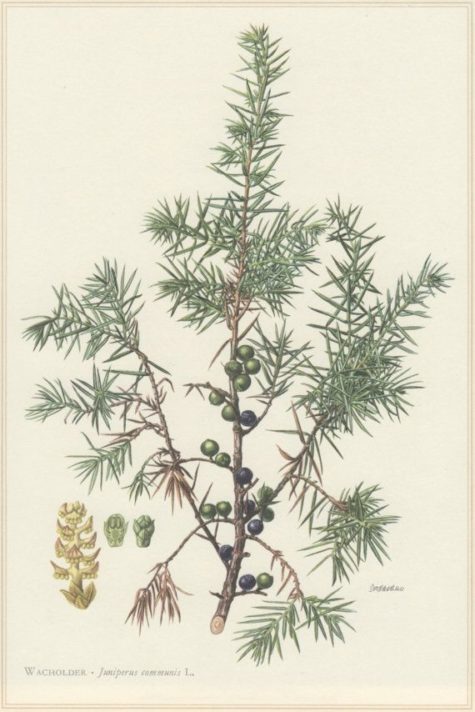
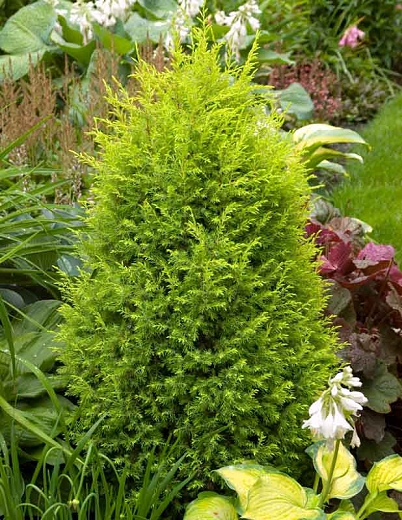

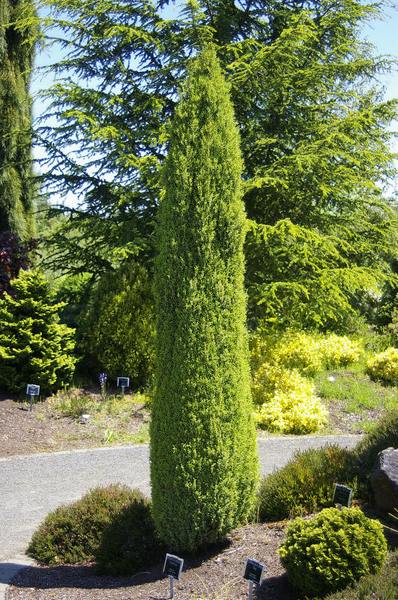
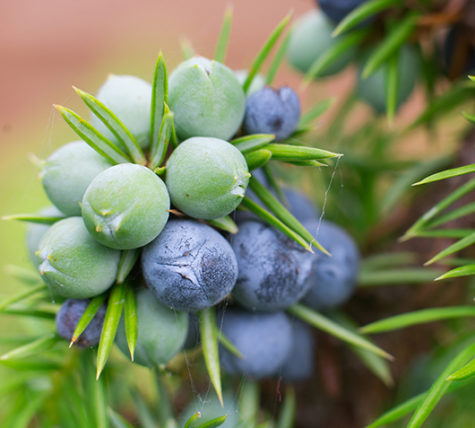
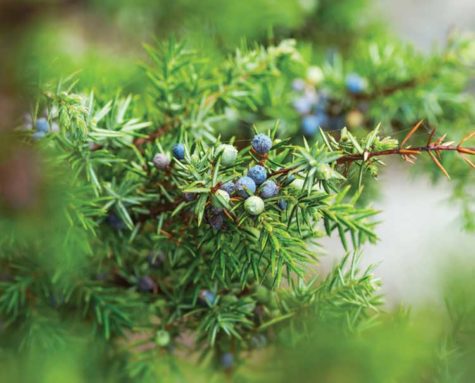
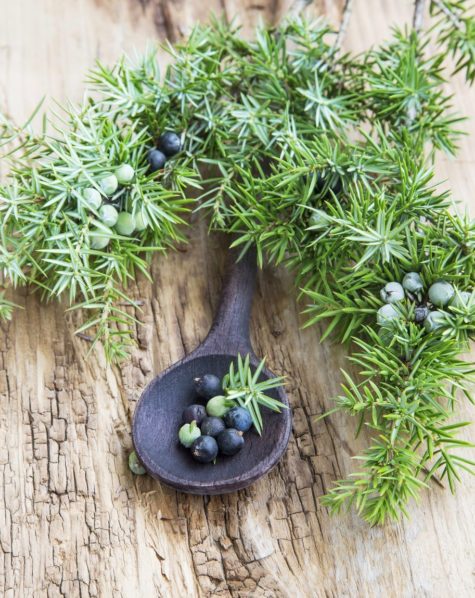
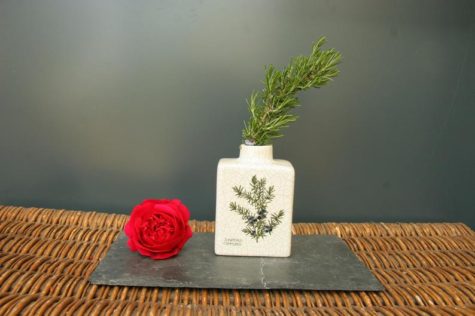
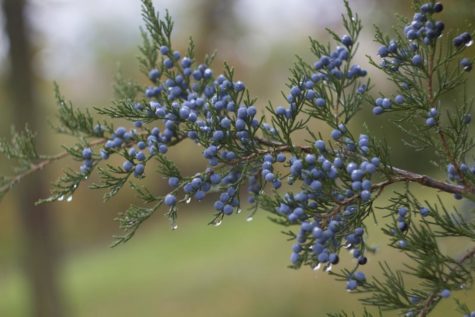
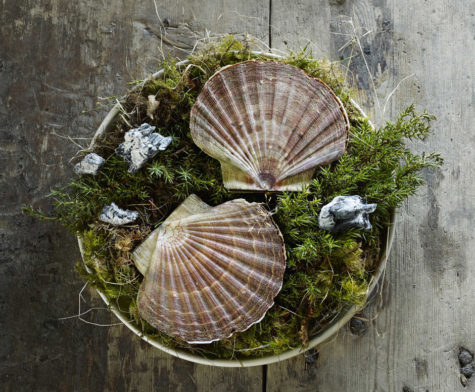
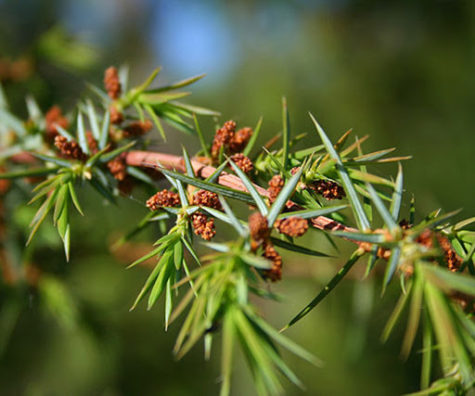
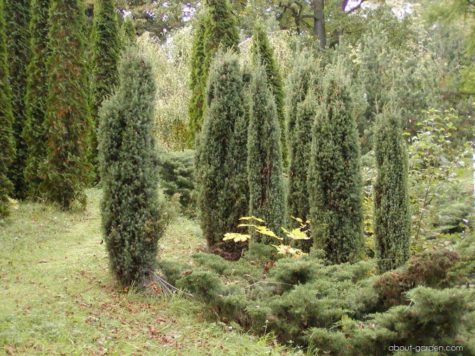
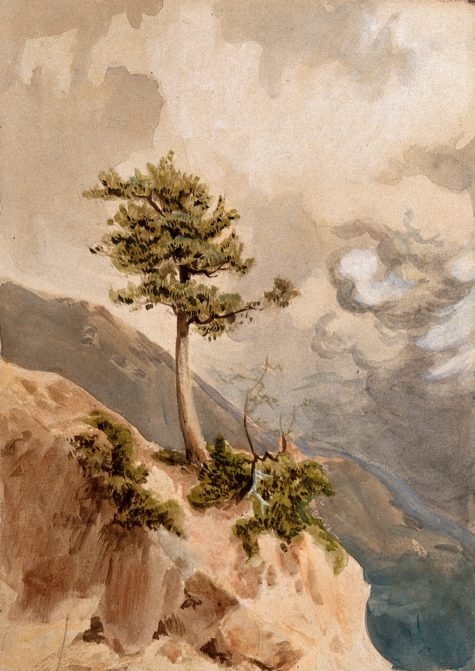

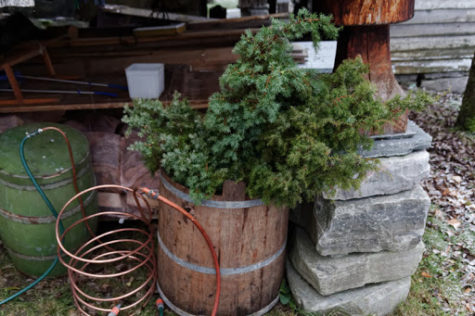
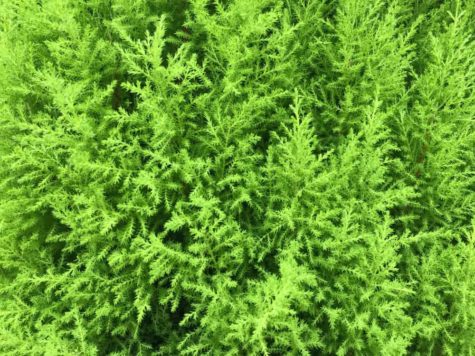
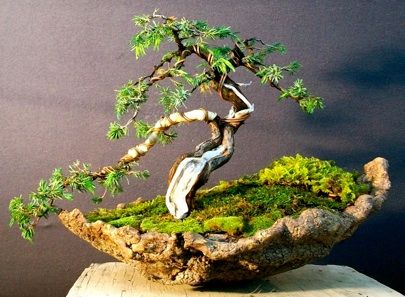


Leave a Reply